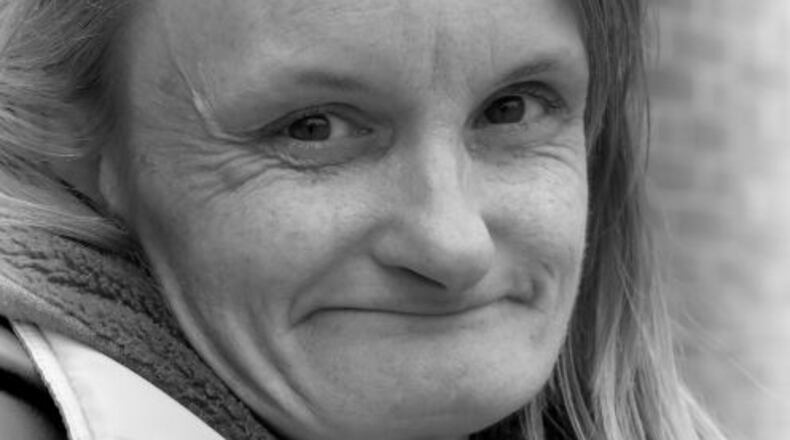Being poor means having little money and – at least in Georgia – it seems to mean having higher costs for basics, according to a report released this week.
Rent and childcare eat up most of the average poor person's resources, according to the report by 9to5 Georgia and the Coalition on Human Needs.
While poverty rates are down and incomes in general are up, the improvement has not been enough to reach many of the nearly 1.7 million poor Georgians, said Deborah Weinstein, executive director of the Coalition on Human Needs. “The more troubling news is that the poor and near-poor live in a precarious situation,” The simple fact is, it is expensive to be poor in Georgia.”
The downbeat assessment comes more than six years after the economy started struggling back from a nasty recession and more than four years after job growth restarted in Georgia. The unemployment rate in the state has finally returned to pre-recession levels.
But the rate does not include children, one in four of whom are believed to be living in poverty. And the unemployment rate doesn't include people who have dropped from the workforce and it does not reflect the mix of jobs – many of the added jobs are low-wage positions and many of the Georgians who work have more than one paycheck to get by.
An updated jobs report is due tomorrow from the state Labor Department.
Anti-poverty programs have lifted some above the poverty line and softened the blow for many others, according to the report. Advocates also said that many anti-poverty programs don’t get to everyone who is eligible, while other programs do not provide substantial benefits.
According to the report:
• Most of Georgia’s households with annual incomes below $20,000 spend more than half of their income on rent.
• The average cost in Georgia for an infant in a child care center is more than $7,600 a year; for an infant and a four-year-old, it’s more than $14,100.
Using that average, a family at the poverty line with an infant and toddler in child care would have to spend 58 percent of its income on child care, the report said.
• Programs such as refundable tax credits, SNAP (the Supplemental Nutrition Assistance Program, also known as food stamps), free or reduced-price school lunch and child care subsidies have helped lift 833,000 Georgia residents above the poverty line.
The groups behind the report are advocacy groups.
The Coalition on Human Needs describes itself as "an alliance of national organizations working together to promote public policies which address the needs of low-income and other vulnerable populations."
The other group, 9to5 Georgia, is a statewide chapter of 9to5, the National Association of Working Women.
About the Author
Keep Reading
The Latest
Featured


